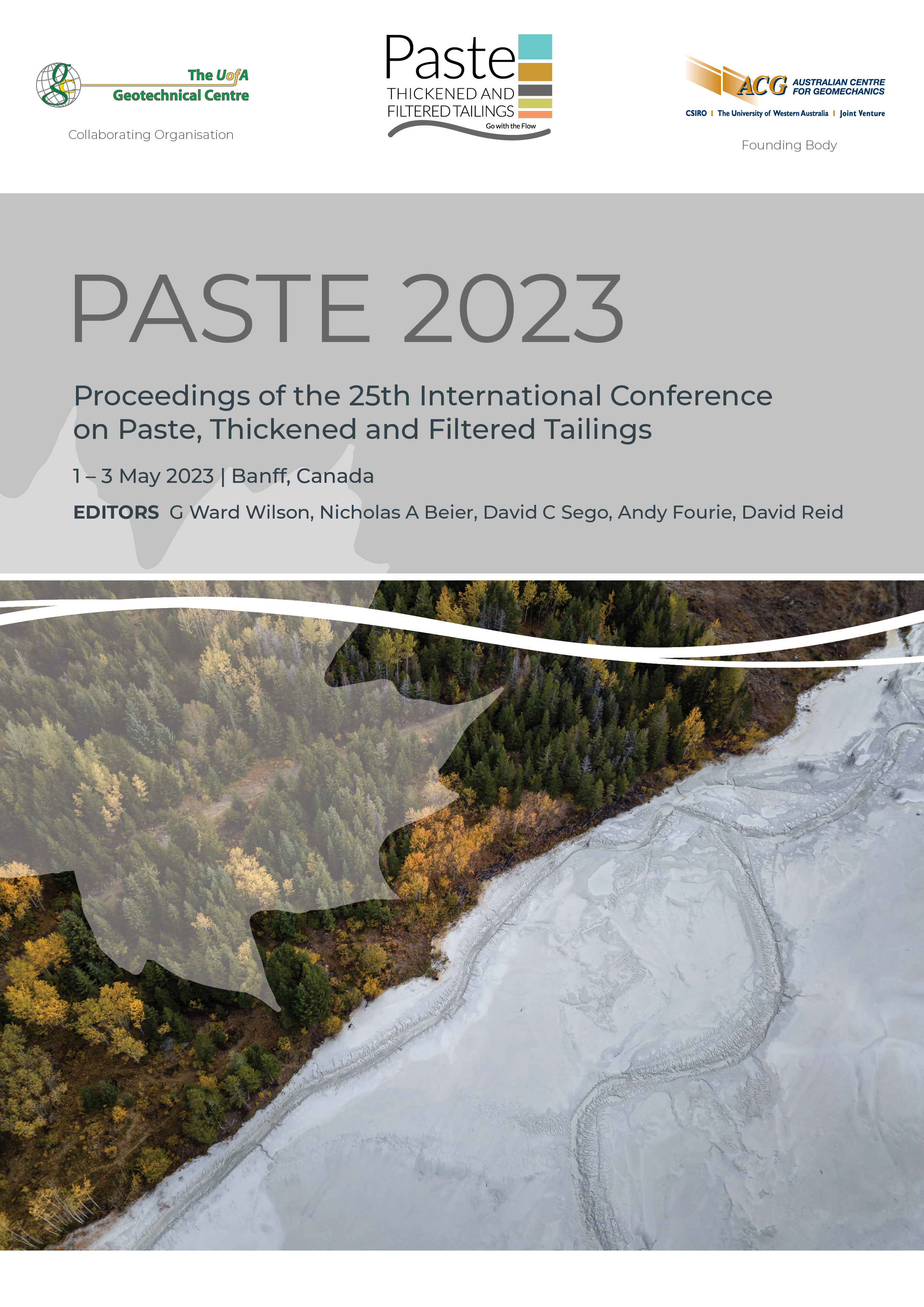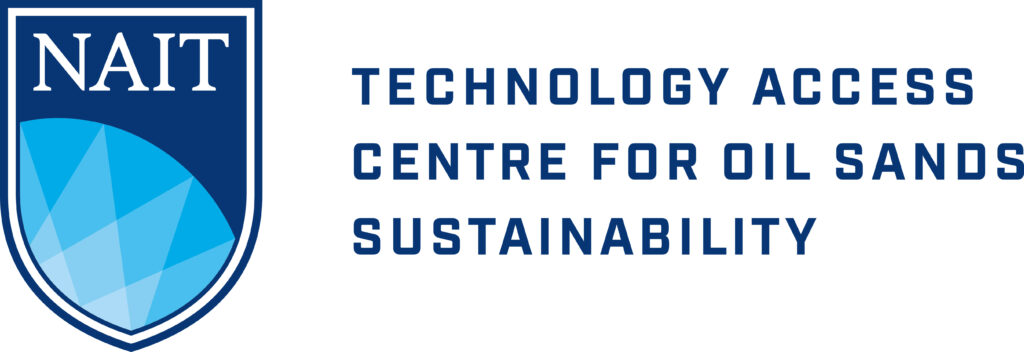Oil sands: backfill for tailings management

|
Authors: Morton, S; Longo, S |
DOI https://doi.org/10.36487/ACG_repo/2355_39
Cite As:
Morton, S & Longo, S 2023, 'Oil sands: backfill for tailings management', in GW Wilson, NA Beier, DC Sego, AB Fourie & D Reid (eds), Paste 2023: Proceedings of the 25th International Conference on Paste, Thickened and Filtered Tailings, Australian Centre for Geomechanics, Perth, pp. 526-534, https://doi.org/10.36487/ACG_repo/2355_39
Abstract:
Oil sands mining has traditionally been large-scale operations using either truck and shovel or steam-assisted gravity drainage (SAGD) applications. This has meant that exploration and mining of oil sands has focused on large deposits that justify the use of the existing infrastructure and technologies. These large-scale operations also create large areas of land disturbance and have historically generated significant volumes of tailings and process-affected water that need to be managed. There is a new approach that is targeting smaller-scale deposits that do not meet the requirements of either truck and shovel or SAGD. These smaller deposits are often located in pockets, with four to five deposits being co-located in a general footprint, and they are generally closer to the surface than traditional SAGD deposits. The concept is to focus on underground extraction from the surface without the disturbance of truck and shovel and without the infrastructure of SAGD. The concept also allows for the tailings generated after extraction to be used as the feed material for backfilling the underground void. This paper will be one of a series of papers presenting the alternative mining method being developed for small-scale oil sands mining and the backfill strategy to both manage tailings generated from the extraction process and preserve the stability of the underground operations. In addition, the test results from the initial backfill recipe development will be discussed along with the conceptual design for backfill delivery.
Keywords: backfill, paste, alternative mining methods, near-surface voids, oil sands
References:
Crysdale, BL 1988, Bitumen-Bearing Deposits of the United States, US Geological Survey Bulletin 1784, viewed 22 January 2022,
Dusseault, MB & Morgenstern, NR 1977, Shear Strength of Athabasca Oil Sands, Department of Civil Engineering, University of Alberta, Edmonton.
Dusseault, MB 2001, ‘Comparing Venezuelan and Canadian heavy oil and tar sands’, Proceedings of the Canadian International Petroleum Conference, Canadian Institute of Mining, Metallurgy & Petroleum, Westmount, viewed 21 January 2022,
National Resources Canada 2022, Energy Fact Book 2022-2023,Natural Resources Canada, viewed 25 January 2023,
Oil Sands Magazine 2021, Oil Sands Emissions by Extraction Method: Busting Myths on GHG Intensity, viewed April 2021,
Stone, D 2014, 'The evolution of paste for backfill', in Y Potvin & T Grice (eds), Mine Fill 2014: Proceedings of the Eleventh International Symposium on Mining with Backfill, Australian Centre for Geomechanics, Perth, pp. 31–38,
© Copyright 2025, Australian Centre for Geomechanics (ACG), The University of Western Australia. All rights reserved.
View copyright/legal information
Please direct any queries or error reports to repository-acg@uwa.edu.au
View copyright/legal information
Please direct any queries or error reports to repository-acg@uwa.edu.au



